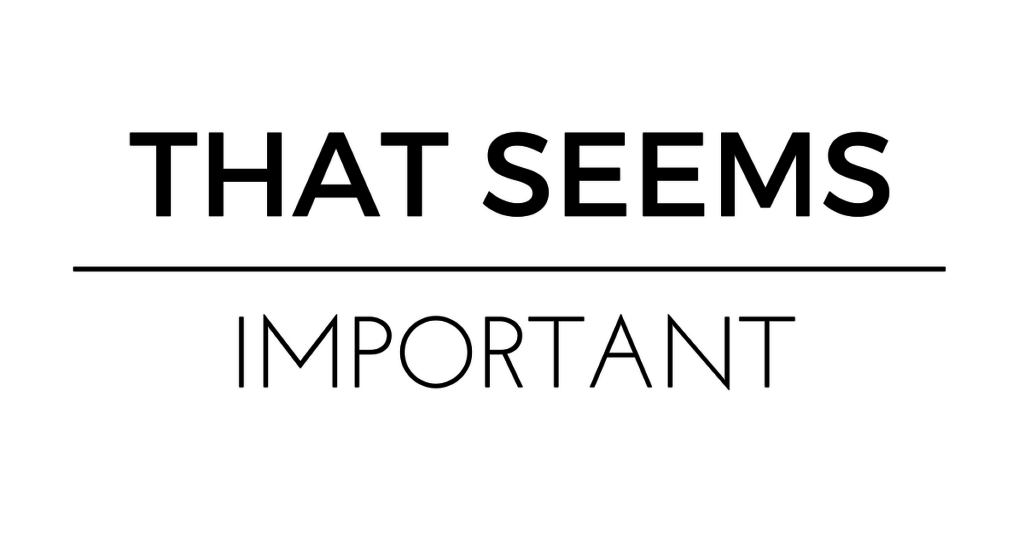Almost every day you hear a story about “Big Data” and the incredible predictive analytics that come with it. Target knows you’re pregnant before you do, Amazon knows what you want to buy, and Pizza Hut knows what you like to eat.
As forbearing (and incredible) as the pundits make it seem, having mass quantities of predictive data is not a reality for many businesses (yet). Even for the businesses with savvy “numbers people” at the helm, it’s often impossible to get the type of data you needed to make informed decisions if you’re a small shop.
Most small businesses can’t afford the tech stack required to get the data they need to make better decisions.
Even if they can, they often don’t have the staff or the bandwidth to make sense of it all.
Here are 3 simple and FREE things you can do now if you want insights, but don’t have access to “big data.”
1. Put Someone in Charge of Pulling Reports
Any software you use will have an option to pull data, whether it’s an email service provider (ESP), Payment Processor, or Twitter. Put someone in charge of pulling those reports each week. It doesn’t have to be their full-time job and they don’t need to be a “numbers person.” It simply needs to be someone who will remember and keep track.
You can make useful inferences about your customers’ behavior by looking at what you have available, even if it’s isn’t “advanced” analytics or “big data.”
Look inside every database you use to see what’s available: Your social media analytics, your Google analytics, your email reports, your sales information–keep track of what you have.
2. Grab Your Data Nerd Friend
There’s usually more you can get out of the data you do have access to (see above). But if you’re like most founders, you don’t have time to go through all of it or maybe you’re simply not a numbers person?
Find that friend –or better yet, an employee — who is obsessed with pivot tables and ask them for a favor. Usually, they can sift through things in a couple hours, saving you time and money–while delivering insights that are enormously valuable to your company.
3. Manual is Better Than Nothing
If your only tools are observation (which is often the case with Brick and Mortar or if you’re just starting out), then don’t stress about what you can’t do. Instead, focus on what you can track.
It sounds obvious, but when you’re busy running the business, it’s easy to forget to pay attention to your customers’ observable behavior.
You’re a pattern recognizing machine.
Humans are born with the ability to recognize patterns. You can use that skill to your advantage by observing your customers in their “natural habitat.” Treat your business like an ethnographer studying a foreign tribe.
Pay attention to things like the type of people who complain the most, the time of day you get the most retweets, the type of product that’s outselling the others in your inventory, the reason why people come into your store, the most common referral sources for your website traffic…etc.
Actively seek out patterns.
One of the greatest “ah-ha” moments a client of mine had was in paying attention to her front desk attendant. She noticed that first-time purchasers purchased again when approached by the front desk attendant, but not subsequently via email.
That insight alone was worth tens of thousands of dollars for her company and didn’t require advanced analytics to suss out–only someone paying attention.
This article was originally published on Inc.




